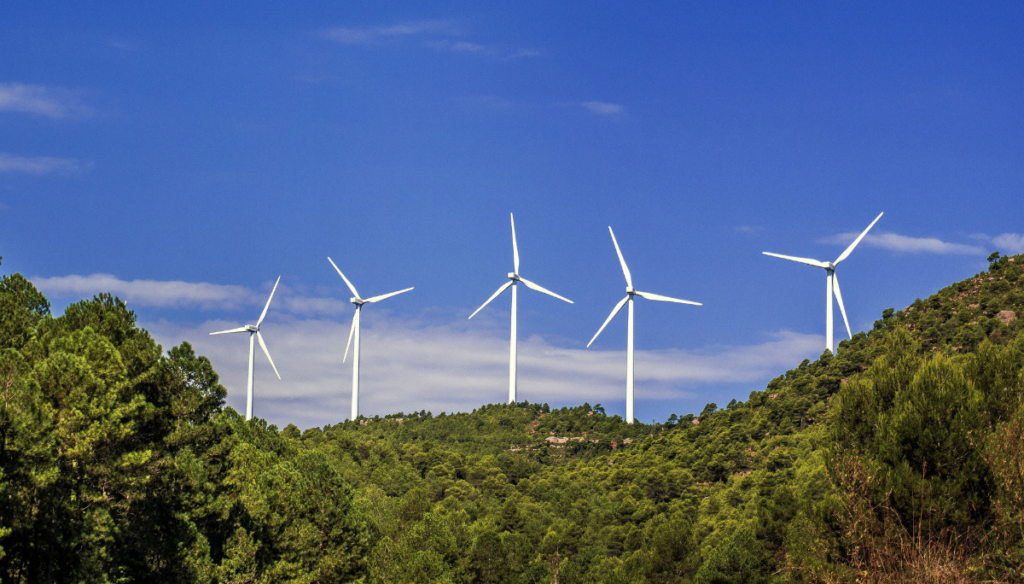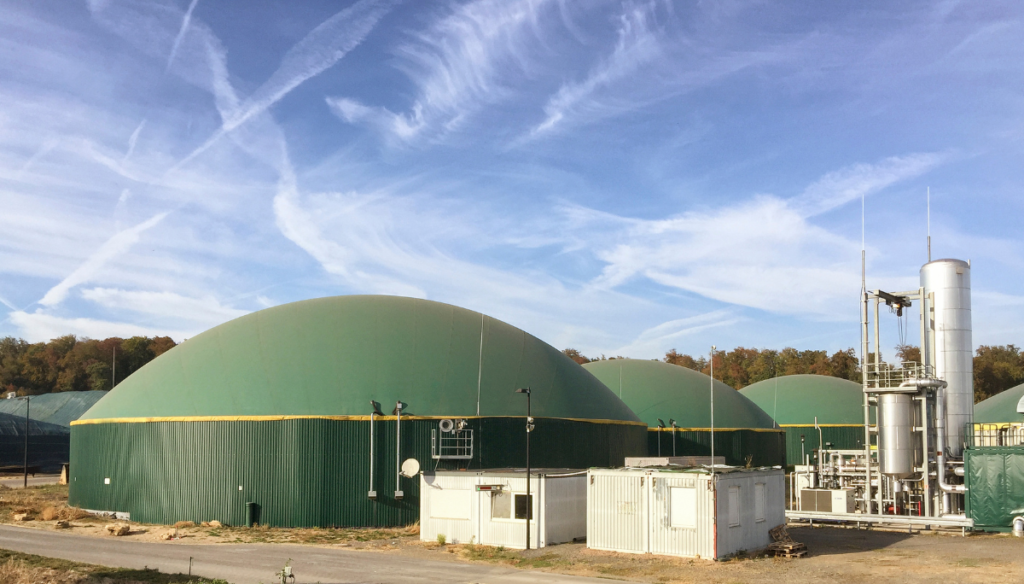Physical Address
Gävle, Sweden.

Imagine a world where the air is cleaner, energy bills are lower, and our energy sources naturally replenish. Welcome to the realm of renewable energy! This isn’t just a dream; it’s a rapidly unfolding reality as we harness the sun’s rays, the wind’s power, the water’s flow, and the earth’s warmth. Renewable energy is our ticket to a sustainable future, reducing our carbon footprint and combating climate change. So, let’s dive into this exciting journey, exploring how we can light up our world without lighting up the planet. Join us as we unravel the magic of renewables, the guardians of our planet’s future!
In an era where climate change is a pressing issue, transitioning to renewable energy is not just an option; it’s a necessity. By harnessing the power of nature, we can reduce our carbon footprint, combat global warming, and pave the way for a sustainable future.
Solar panels employ photovoltaic cells to turn light into power. When exposed to sunlight, these cells generate an electric current, powering our homes and industries without emitting greenhouse gases.
Solar energy is abundant, accessible worldwide, and reduces electricity bills. It’s a clean alternative that diminishes our reliance on fossil fuels, promoting a healthier environment.

Wind turbines harness the kinetic energy from the wind, converting it into electrical power. These towering structures capture wind currents, spinning their blades to generate electricity.
Wind is a plentiful and inexhaustible resource. Wind farms can be established onshore or offshore, providing flexible and sustainable energy solutions with minimal environmental impact.
Hydroelectric power stations use water flow to produce electricity. Water stored in reservoirs flows through turbines, spinning them to generate power in a clean and controlled manner.
It’s a stable and reliable energy source. Hydro plants can adjust quickly to fluctuations in electricity demand, providing a consistent energy supply while preserving natural resources.
Geothermal energy harnesses the Earth’s internal heat. By tapping into underground reservoirs of hot water and steam, geothermal plants can generate electricity or provide direct heating.
This energy source is less dependent on weather conditions compared to solar or wind energy, offering a steady and reliable power supply with a small environmental footprint.

Biomass energy is produced by burning organic materials like wood, crops, and waste. This process releases energy that can be used for heating or electricity generation, recycling natural materials.
Biomass is a versatile energy source that can help reduce waste while providing renewable power. It supports a circular economy, turning organic waste into valuable energy.
Renewable energy produces little to no greenhouse gas emissions, significantly reducing air pollution and contributing to a healthier planet.
Investing in renewable energy creates jobs, reduces energy import dependence, and can lead to lower long-term energy costs due to the inexhaustible nature of the resources.
By diversifying energy sources, countries can enhance their energy security, reduce vulnerability to global energy price volatility, and gain greater control over their energy future.
Technological advancements are making renewable energy more efficient, affordable, and accessible. From floating solar panels to advanced wind turbines, innovation is key to the energy transition.
Countries around the world are embracing renewable energy, setting ambitious targets to reduce carbon emissions and transition to a sustainable energy mix, signaling a promising future for renewables.
As we stand at the crossroads of energy evolution, the shift toward renewable energy isn’t just a choice—it’s a compelling necessity for our planet’s health and our well-being. Embracing renewables is like opening a doorway to a world where energy aligns with nature, where our daily power doesn’t come at the expense of future generations.
Renewable energy isn’t just about harnessing the Earth’s natural elements; it’s about reimagining our relationship with the planet. It’s a testament to human ingenuity and our ability to innovate for the greater good. As we harness the sun, wind, water, and geothermal energy, we’re not just generating power; we’re powering a movement toward a sustainable, equitable, and prosperous future.
The journey towards a renewable energy future is both exhilarating and monumental. It’s about building communities where clean air and energy are accessible to all. It’s about creating economies that thrive on green jobs and industries. And most importantly, it’s about leaving a legacy of a healthier planet for future generations.